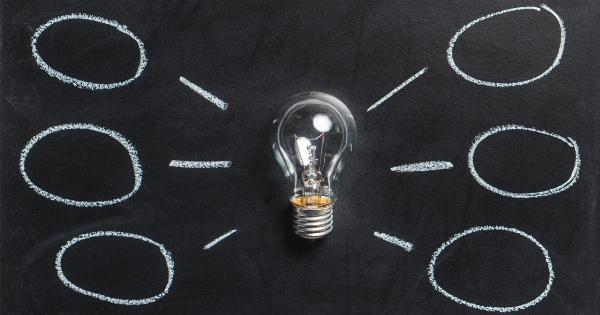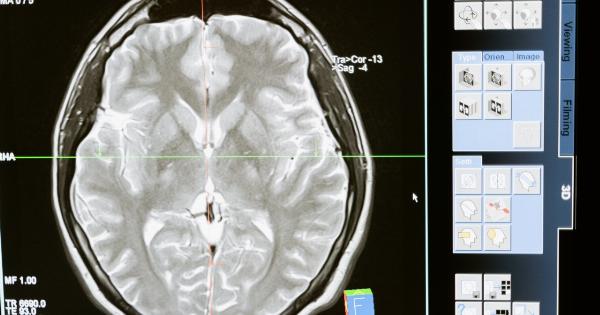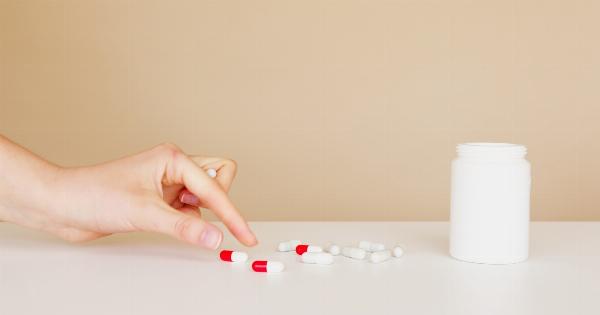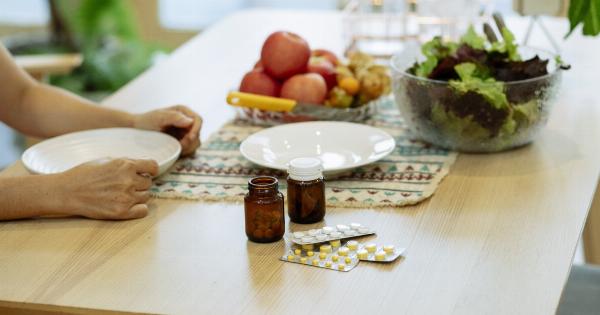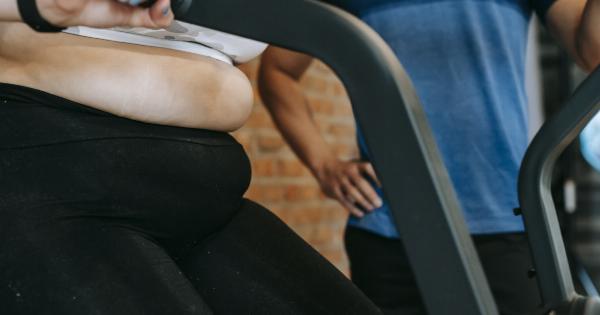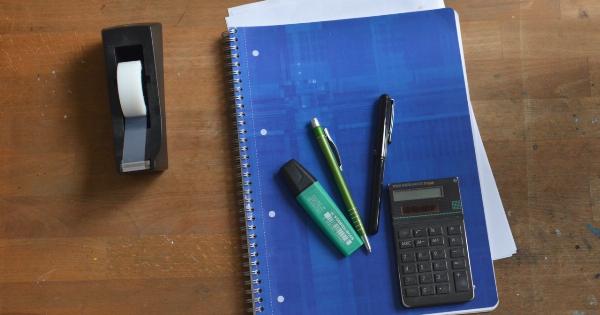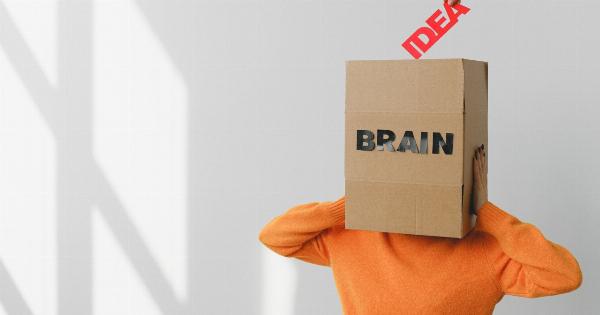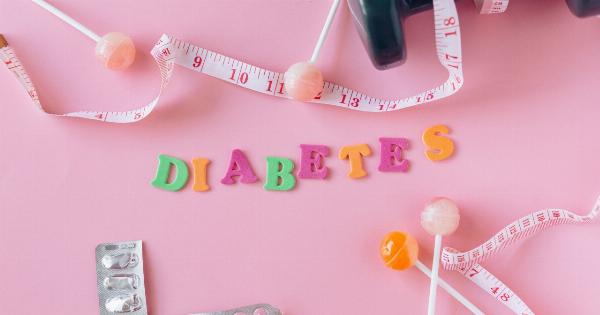High blood pressure, or hypertension, is a common yet serious health condition that affects millions of people worldwide.
It is often referred to as the “silent killer” because it usually has no symptoms but can lead to severe complications like heart disease, stroke, and kidney problems. While medication is commonly prescribed to manage high blood pressure, there are also several drug-free ways to lower blood pressure that can be effective for many individuals.
In this article, we will explore ten such methods that can help you maintain a healthy blood pressure level naturally.
1. Follow a Healthy Diet
The food you consume plays a crucial role in managing your blood pressure. Start by adopting the Dietary Approaches to Stop Hypertension (DASH) eating plan, which focuses on fruits, vegetables, whole grains, lean proteins, and low-fat dairy products.
This diet is high in nutrients like potassium, magnesium, and fiber, all of which contribute to better blood pressure control.
2. Reduce Sodium Intake
Excessive sodium consumption is a known risk factor for hypertension. Limiting your sodium intake is a key component of managing blood pressure naturally.
Avoid processed and fast foods that are usually high in sodium and opt for fresh, homemade meals instead. Gradually reduce your salt usage and experiment with spices and herbs to add flavor to your dishes without relying on salt.
3. Engage in Regular Physical Activity
Exercise is an effective way to lower blood pressure naturally. Engaging in moderate-intensity activities like brisk walking, swimming, cycling, or dancing for at least 150 minutes per week can significantly contribute to blood pressure reduction.
Regular physical activity improves heart health, enhances blood flow, and helps in maintaining a healthy weight.
4. Maintain a Healthy Weight
Being overweight or obese increases the risk of developing hypertension. Losing excess weight can have a substantial impact on lowering blood pressure.
Combining a balanced diet with regular exercise will not only help you shed pounds but also improve your overall cardiovascular health.
5. Limit Alcohol Consumption
Alcohol can raise blood pressure, so it is important to consume it in moderation. Men should limit their alcohol intake to a maximum of two drinks per day, while women should not exceed one drink per day.
Excessive drinking can negate any potential health benefits and contribute to other health problems such as liver disease.
6. Quit Smoking
Smoking cigarettes significantly raises blood pressure and damages blood vessels.
Quitting smoking is not only beneficial for your blood pressure, but it also improves your overall health and lowers the risk of heart disease and other smoking-related illnesses. Seek support from healthcare professionals or support groups to increase your chances of successful smoking cessation.
7. Manage Stress Effectively
Chronic stress can contribute to high blood pressure. Find healthy ways to manage stress, such as practicing relaxation techniques like deep breathing, meditation, or yoga.
Engaging in activities you enjoy, maintaining a work-life balance, and seeking support from loved ones can also help in reducing stress levels.
8. Get Sufficient Sleep
Lack of sleep or poor-quality sleep can lead to elevated blood pressure levels. Aim for 7-8 hours of quality sleep each night to support overall health and maintain a healthy blood pressure.
Stick to a consistent sleep schedule, create a peaceful sleep environment, and avoid stimulating activities before bedtime.
9. Consume Potassium-Rich Foods
Increasing your potassium intake can help lower blood pressure by counteracting the effects of sodium. Incorporate potassium-rich foods like bananas, oranges, spinach, sweet potatoes, and tomatoes into your diet.
However, if you have kidney problems, consult your doctor before increasing potassium consumption.
10. Monitor Your Blood Pressure Regularly
Regular monitoring of your blood pressure is vital in managing hypertension. Utilize home blood pressure monitors to keep track of your levels and share the readings with your healthcare provider.
This helps in evaluating the effectiveness of lifestyle modifications and determining if additional treatments are necessary.



